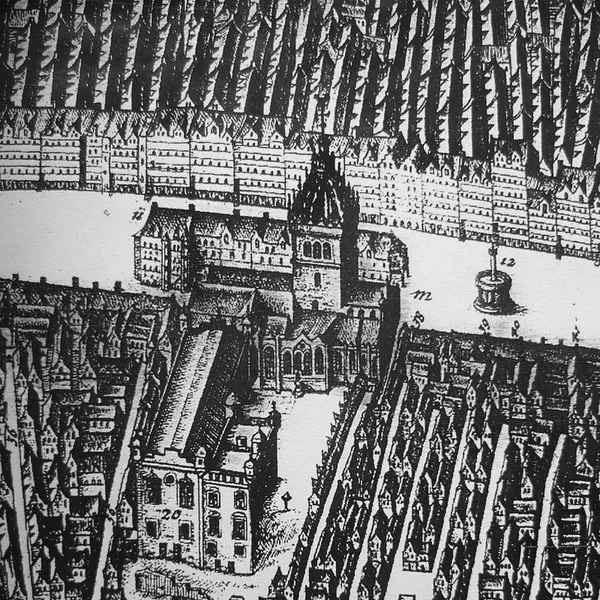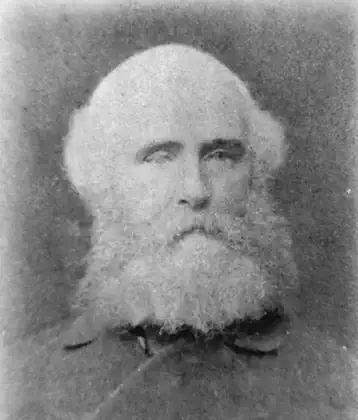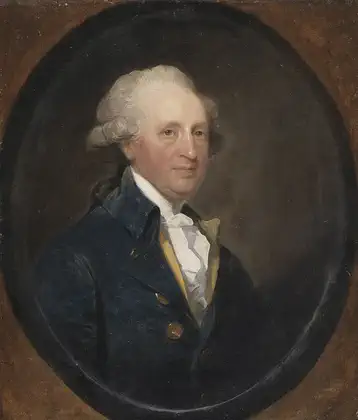On March 14, 1689 in Celtic History
Convention of estates without royal representation meets in edinburgh

The 1689 Convention of Estates sat between 16 March 1689 and 5 June 1689 to determine the settlement of the Scottish throne, following the deposition of James VII in the 1688 Glorious Revolution. The Convention of the Estates of Scotland was a sister-institution to Parliament, comprising the three estates of bishops, barons and representatives of the Burghs.
Historically, it had been summoned by the king of Scots for the limited purpose of raising taxes, and could not pass other legislation. Unlike the English Convention Parliament of 1689, the 1689 Scottish Convention was also a contest for control of the Church of Scotland or Kirk.
While Scotland played no part in the landing in England and there was little enthusiasm for William and Mary, by November 1688 only a tiny minority actively supported James.
Many of William’s exile advisors were Scots, including Melville, Argyll, his personal chaplain, William Carstares, and Gilbert Burnet, his chief propagandist. News of James’s flight led to celebrations and anti-Catholic riots in Edinburgh and Glasgow and on 7 January 1689, the Scottish Privy Council asked William to take over government, pending a Convention to agree a settlement.
More From This Day


The Irish Association of Women Graduates and Candidate-Graduates, is launched
March 14, 1902




